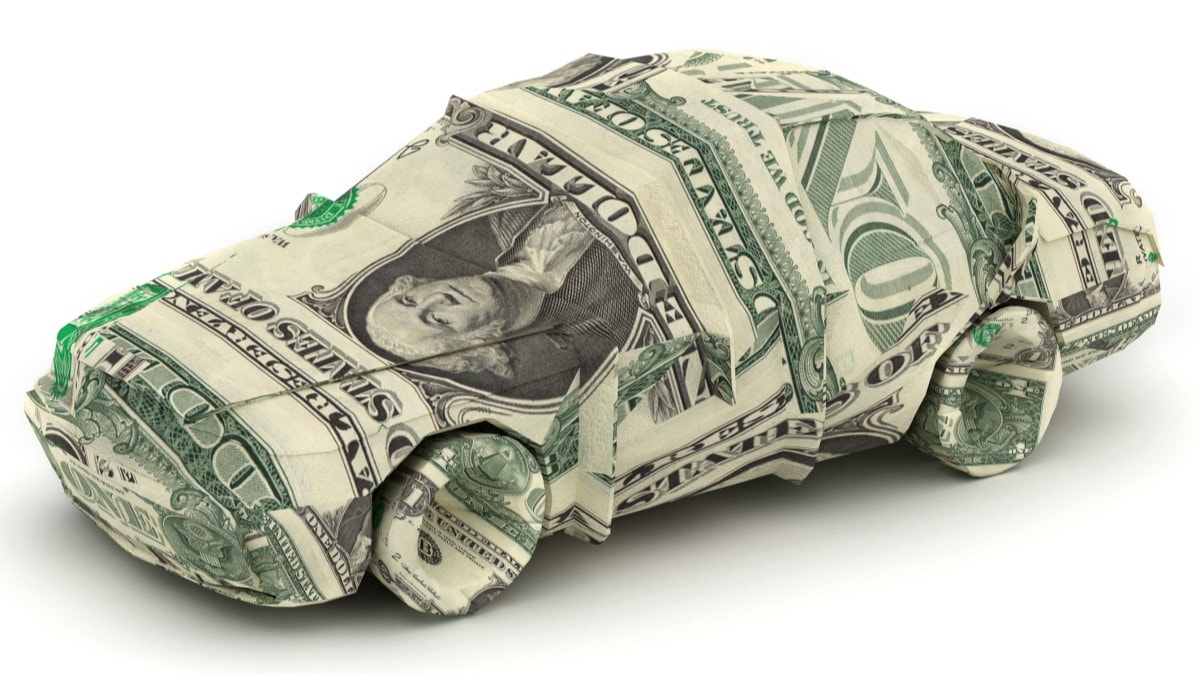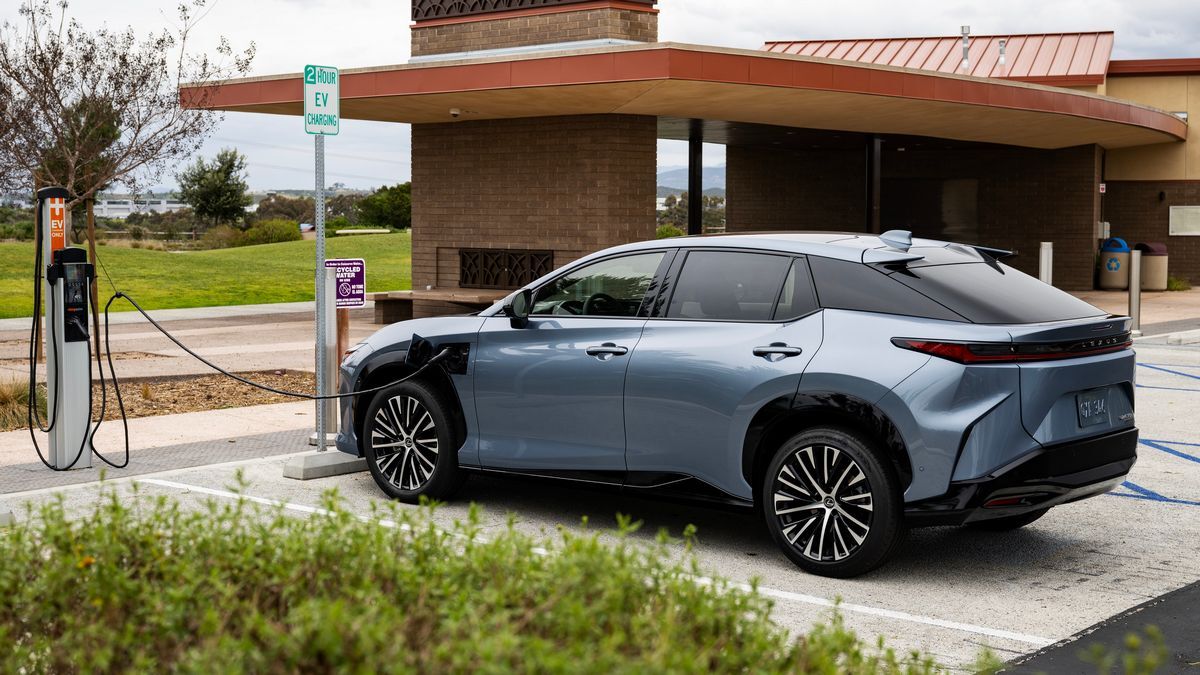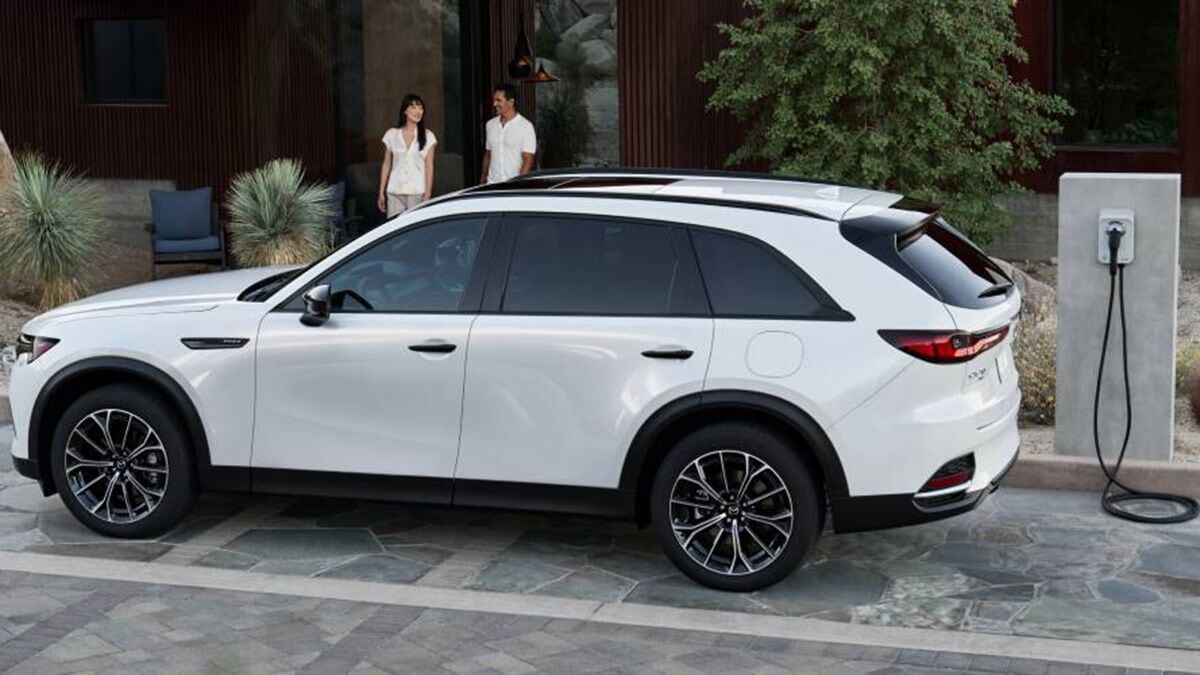Affording a new car grew slightly easier for Americans last month. But don’t thank car prices for it.
Incomes grew just enough to offset higher prices, lower incentives, and higher interest rates on car loans.
The Cox Automotive/Moody’s Analytics Vehicle Affordability Index sounds like a formula only an economist could love. But it’s actually one of the most meaningful measures of what a new car requires of Americans.
The index measures car prices in terms of time spent working. It shows how long the average earner would have to work to pay off the average new car. It’s a product of Kelley Blue Book’s parent company, Cox Automotive.
The current answer? 38.6 weeks. That’s still higher than historical norms — the index fluctuated between 33 and 36 weeks for most of a decade before the COVID-19 pandemic. But it’s lower than the 40.1 weeks recorded last October.
“In October, strong income growth and smaller financed amounts helped the consumer overcome negative vehicle market dynamics,” said Cox Automotive Chief Economist Jonathan Smoke.
The average monthly payment sits at $767, down from a peak of $795 last December.
Trends may bode well for buyers. Kelley Blue Book analysts expect new car prices to fall in November now that the United Auto Workers (UAW) strike is paused or over and new car factories are churning out cars again.
A breakthrough in the House of Representatives appears to have averted a looming government shutdown, and The New York Times notes, “Yesterday’s impressive rally in U.S. stocks and bonds has gone worldwide this morning, as investors see central banks making gains in their fight against inflation.”








